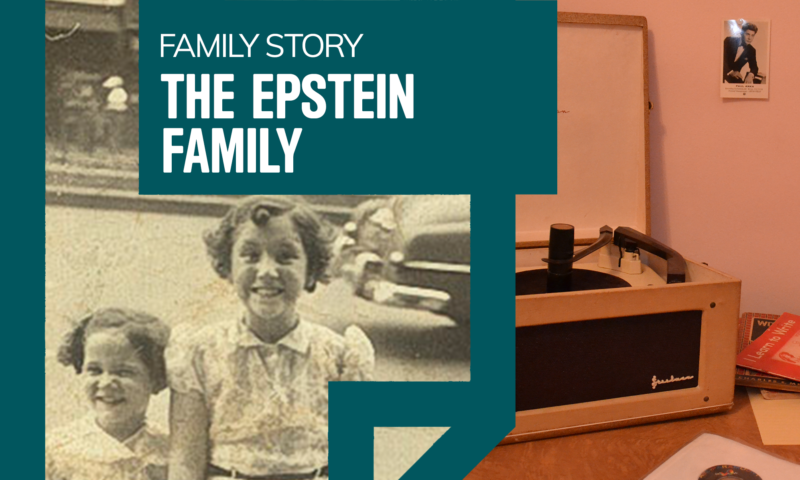Lesson Plan
Analyze A Video Interview
Students read about how the Epsteins escaped Europe after the Holocaust and created a family and home in New York City. Inspired by Bella Epstein’s oral histories about her childhood in the 1950’s, they consider how advertising and media influence what it means to be American in Bella’s time and today.
Theme
Making A Home
Duration
2-4 Class Periods
Aim
What can doing history detective work with advertisements teach us about trying to belong?
Related Program
Finding Home
Important Information
What will students understand through this lesson?
- Migration happens in many different ways (immigration, forced migration, voluntary migration, arrival as a refugee) and is core to the shared human experience. Immigration is one type of migration. Immigration is usually done by choice and is always a move from one country to another.
- Im/migrants adapt to new living conditions and types of communities, often with creativity and resourcefulness. Communities help people meet their needs in a new place.
- Neighborhoods with many immigrants and their children develop because they provide work, support, access to culture, less racism and discrimination, and friendship. While adult immigrants often spend time with people who speak their home language, children often make friends across difference.
Primary Sources
Related Family Story
Questions on lessons and activities?
The materials on this page can enrich a visit to the Museum or help you teach about immigration. If you have questions or comments, please e-mail us.
Are you an Educator?
Sign-up here to receive our monthly educator newsletter featuring teacher resources, classroom activities, information on upcoming workshops and school program opportunities, and more.
